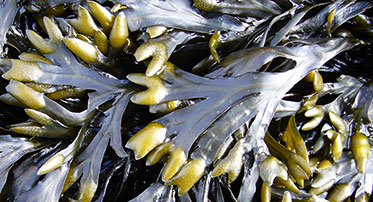
At a glance
Categorise earthworms and soil types.
Type of activity: Outdoors
Who can take part? Everyone
This project is now complete
Data collection has now finished for the Earthworm Watch project. Thanks to everyone who contributed!
Contribute to research into soil health and carbon storage by measuring soil properties and recording earthworms in your garden or local green space.
Earthworm Watch Results
How many earthworms are in the average green space?
The average number of earthworms per soil pit was eight, which is around 200 earthworms per square metre! This varied slightly with time of year and location, with the most earthworms found in central England.
Earthworms do well with organic fertilisers
We found 20% more earthworms in sites with organic compost (such as manure or leaf mould) than in sites without any compost. The use of inorganic compost didn’t have an effect on earthworm numbers.
Sandy soils have fewer earthworms
Clay and loam soils had many more earthworms than sandy soils. Sandy soils are not as good for earthworms as they tend to have less organic matter (for food) and drain faster, so are too dry for earthworms.
Which habitats are best for earthworms?
Generally earthworms were not as picky about their habitat as they were about soil type, with most habitats having similar numbers of earthworms. The only habitat earthworms did not do well in was flower beds, these had 30% fewer earthworms than other habitats.
Different types of earthworms prefer different habitats
We found the highest numbers of deep-living and soil-feeding earthworms in lawns, meadows and vegetable beds. However, surface-feeding earthworms preferred shrubs and hedges.
How does soil carbon influence earthworm numbers?
It is unclear. The data suggests there are more earthworms in soils with higher carbon content but the relationship does not quite meet the standard scientists use to decide if a result is statistically significant. This is common in scientific research - more data are needed!
How can I help earthworms in my garden or allotment?
We found different earthworm types have different habitat preferences so creating a mixture of habitats in your garden, or leaving wilder spaces in your allotment should increase the diversity of earthworms. Try building a log pile or making a compost heap using Anthony's wildlife gardening tips.
If you use fertiliser, stick to organic ones such as well-rotted manure, compost or leaf-mould to increase earthworm numbers. If you have a dry or sandy soil adding organic fertiliser will also help with water retention and make the soil more hospitable to earthworms.
For further information about composting, visit the Garden Organic website here and the RHS have a great article on making compost. Some useful information about earthworms and ways to help is also available in the Wild About Garden’s Go Wild for Worms guide.
You can read more details about the results on the Earthworm Watch website.
Why we did the project
Soils are vitally important for supporting life on Earth. They recycle nutrients, filter water and enable us to grow crops for food. They also store large amounts of carbon in tiny fragments of dead plants, and microorganisms and animals that live within the soil. Storing carbon in soils helps to limit the dangerous effects of climate change.
Earthworms keep soils healthy - they improve its fertility and ability to store carbon by mixing in dead plant material, and their burrows increase the amount of air and water that can enter.
The Earthworm Watch project studied how human activities such as planting schemes, moving topsoil and adding fertilisers affects soils and earthworms, especially in gardens and other urban green spaces.

Project team
- Victoria Burton, PhD student
- Prof Andy Purvis, Research Leader
- Dr Paul Eggleton, Merit Researcher, Entomology
- Lucy Robinson, Citizen Science Programme Manager
- Dr Jenny Cousins (Earthwatch Institute)
- Dr Alan Jones (Earthwatch Institute)
- Anthony Roach (Earthwatch Institute)
Find out more about the project on the Earthworm Watch website.
Resources to help you take part
Watch Earthworm Watch video instructions on how to take part (on YouTube).




